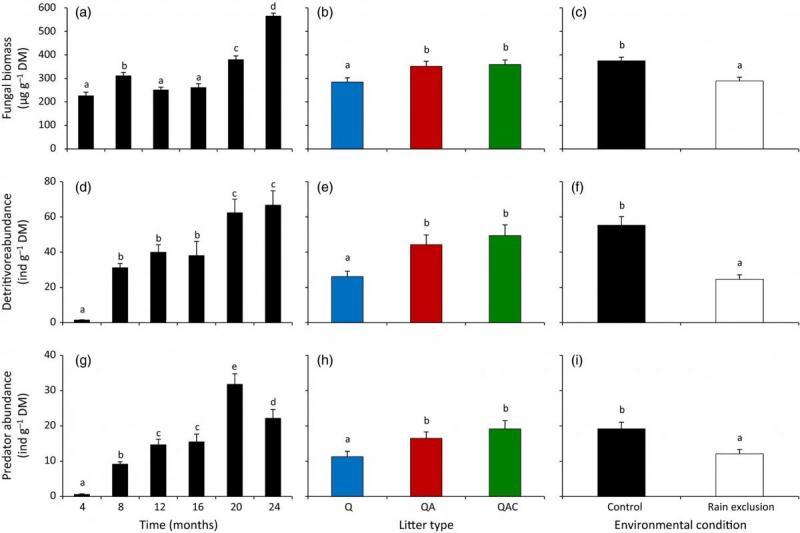Researchers at IMBE and ECCOREV
The Oak Observatory (Observatoire de Haute Provence or O3HP) gathers ecologists and astronomers. In thsi interdicilpinary collaboration, research in ecology takes advantage of the technological know-how in astronomy and benefits from the preservation of the OHP site over the past 60 years (Saint-Michel l’Observatoire) to develop a platform dedicated to the observation of the phenology and physiology of the white oak, which is an indicator species for the impact of current climate change on Mediterranean vegetation.
The experimental device, inaugurated in the spring of 2010, is in full development and will soon be completed by a tower enabling the measurement of greenhouse gases in the context of the international ICOS (Integrated Carbon Observatory System) network (submitted equipex GHG-OS). Improving our knowledge of the forest ecosystem response (in terms of biodiversity and functioning) to climate change (mainly extended drought) is addressed through this project by focusing on:
- the effect on litter decay and soil biodiversity
- the effect on isoprene seasonal emissions by downy oak.
This project outcome is:
- An algorithm modelling isoprene emission rate (G14) was developped for Q. pubescens and calibrated based on O3HP data.
- This G14 algorythm successfully modelled > 80% of observations on isoprene emission rate seasonal variations, whatever the drought intensity, a much better result than a previous tool (MEGAN empirical model).
- Soil water content proved to be the dominant parameter to account for the observed ER variations, regardless of the water stress treatment.
Effects of (a, d, g) time of decomposition, (b, e, h) litter type and (c, f, i) environmental condition on (a, b, c) fungal biomass, (d, e, f) detritivore abundance and (g, h, i) predator abundance. Values are mean ± SE. Separated one‐way ANOVAs were performed to test the effects of time, litter type and environmental condition on fungal biomass and detritivore and predator abundances. Different letters denote significant differences among time of decomposition, litter types or environmental conditions with a < b < c < d < e. DM, Dry mass of litter mixture; Q, Quercus pubescens; A, Acer monspessulanum; C, Cotinus coggygria. [Fig from Santonja et al (2017)



